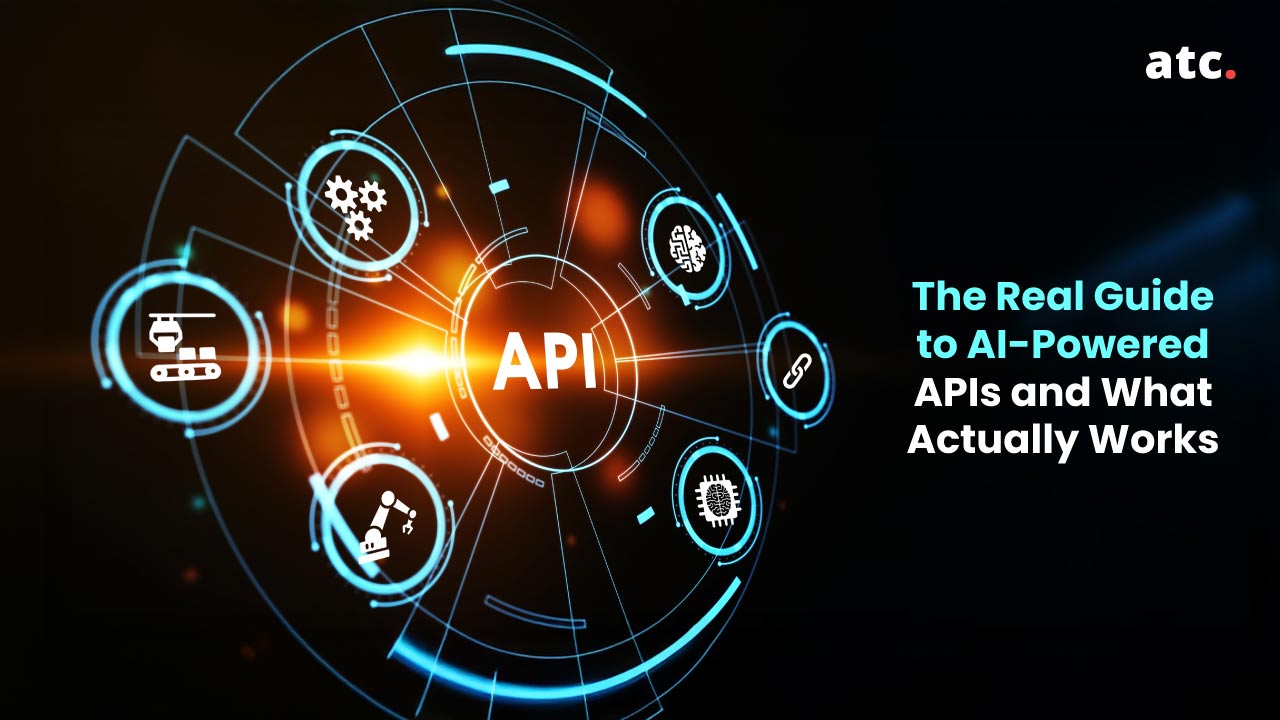Subscribe to the blog
The Software as a Service (SaaS) market is gigantic—about USD 130.69 billion as of 2021, to be specific. In the post-pandemic world, cloud computing needs have gone through the roof and SaaS tools have become ubiquitous. This is obviously great news for novel SaaS products, but it also means that the competitiveness in the market has been just as exponential as its growth.
What does this competition density mean for SaaS companies? Ambitious targets. As an example, for a $5-million SaaS business, a growth rate of 30% is absolutely indispensable to stay in business. Because of the sheer variety in the market, it’s a buyer’s market, in a way. So if your customer is not satisfied, they’ll find greener pastures or a better fit for their needs elsewhere.
In such a scenario, it is vital to your survival to watch out for signs of customers leaving your product. This is done through SaaS metrics that measure your customer’s interaction with the product at varying touchpoints in order to assess if you’re doing things right and where you’re going wrong. Finding these gaps in time gives you the opportunity to act quickly on your feet and address the issues before losing out on customers. After all, if too many customers churn, you will suffer not only the loss of the existing business but also the investment made in acquiring and retaining these customers.
In order to create a sustainable SaaS business, you need to be watchful at all times and track your SaaS metrics in a timely fashion. These SaaS metrics can provide crucial inputs for strategic decision-making, direct marketing and sales efforts, and therefore, help drive future growth.
In this blog, we take a quick look at these metrics—ranging from the common assessments of acquisition, activation, retention, referral, and revenue to the less obvious but equally important ones that showcase customer attention—to guide you better on your SaaS product journey.
1. Churn Rate
One of the most widely used metrics is the churn rate, and rightly so. For this, we could look at customer churn or revenue churn or both, depending on your business goals.
So what is the churn rate? Customer churn rate is the measurement of how many customers you lose within a specific time period. It gives you a very direct picture of the number of customers who are quitting on your product or offer, perhaps because they found a better alternative in terms of cost or fit. There could be a variety of other reasons behind you losing customers and this metric can help you detect the same faster to respond to subscription cancellations and follow up to see if you can do something to retain customers.
When you are tracking customers on a monthly or quarterly basis, go beyond just the numerical value of the churn: identify the personas, industries, job functions, etc., of the customers you are losing to find patterns in the churn. Dig deeper for answers on what made them go away rather than renew.
Subscription-based businesses have had more success than even traditional S&P 500, so your growth and sustainability can be jeopardized if you fail to address customer retention loopholes.
Alongside customer churn, watch out for revenue churn, especially if your subscription price varies in accordance with the number of users in a SaaS package. Revenue churn measures the real financial loss that occurs as a result of customer churn.
2. Customer Acquisition Cost (CAC)
This isn’t specifically a SaaS metric, but a general business metric. But for SaaS companies and products, it can make a world of difference, particularly in assessing the viability of the business model.
In order to calculate Customer Acquisition Cost, you should divide the total expenses, including sales and marketing expenditure for a specific time period by the total number of new customers you add during that time period. If you spend 10,000 on acquiring 10 customers, your CAC would be 1,000. Against this figure, you can measure how much value a customer brings in the form of subscription payment.
This metric can help you make crucial decisions about your subscription fees and pricing as well as budgeting for marketing and sales efforts.
3. Customer Lifetime Value (CLV)
CLV is the average amount of money that you expect a customer to pay during their lifetime engagement with the company. In other words, how much will a customer give you throughout their usage of your product? If you sold eggs, the customer would spend on a dozen eggs every week. This kind of predictability can help you gauge demand and then adjust the supply accordingly.
In the SaaS setup, the CLV becomes a metric for your long-term strategy-building and decision making. It reflects what your company’s value can build up to—an important piece of information for fundraising.
To calculate CLV, you first need the customer lifetime rate and the average revenue per account. The customer churn rate can be calculated by dividing the number 1 by your customer churn rate. Your average revenue per account (ARPA) can be computed by dividing the total revenue by the total number of customers. CLV is obtained by multiplying the customer lifetime rate by ARPA.
4. CAC Payback Period
We discussed your cost of customer acquisition previously and its role in helping you determine how much your customer is worth to your business. It is, therefore, important to know how long it will take you to recover this cost. We do this using a SaaS metric called Months to Recover CAC or the CAC Payback Period. Put simply, it answers the question, “How many months will it take you to generate sufficient revenue that covers the cost you bore to acquire the additional customer?” or “When will I receive a positive cash flow from this customer?”
Calculating the CAC payback period is slightly complicated. It can be calculated by dividing the CAC by the product of your monthly recurring revenue (MRR) and your gross margin (gross revenue - the cost of sales) = CAC/MRR x GM
If you spend 400 on the acquisition, the customer subscribes to the tier of 40 per month, and you are reporting a gross margin of 90%. It computes to 11 months before you are able to see positive cash flow where this customer is concerned. If you profit faster, the payback period will reduce and vice versa.
5. Activation Event
Do you know that one aha moment in your customer’s journey where they have the epiphany about the utility and/or brilliance of your product? That’s called the activation event. It may differ from one customer persona to another from one SaaS product to another.
If your SaaS offering depends on product-led growth, this is a very interesting metric to capture as it can give you information about the problems your product is solving.
As a growing SaaS business, you are always looking for ways to optimize your user interaction i.e to focus on this touchpoint—this activation event—where most conversations take place. This can also shorten the time it takes for you to find, convince, onboard, and activate your customers. It is a behavioral data point and can drive retention by allowing your customers to feel connected to your product.
6. Recurring Revenue - MRR/ARR
At the core of all businesses is revenue. Recurring revenue is the amount that your customers spend on your SaaS product on a continuous basis. It is extremely important as a SaaS metric because SaaS products are often offered as a subscription and on various tiers. This means that premium features are available on a higher tier.
So your monthly or annual recurring revenue is an indicator of how much revenue you expect to garner from your customers and adds a certain level of predictability to your business revenue. It also means that you will have customers paying the subscription fee for as long as they are happy with the product and continue to renew.
If measured for a given month, it’s called Monthly Recurring Revenue (MRR) and if measured for a whole year, it’s called Annual Recurring Revenue (ARR) or run rate.
7. Expansion Revenue
We are now familiar with the unfortunate side of the churn rate. While churn cannot be completely eliminated—some customers are bound to leave for reasons that have nothing to do with your product or service—it can be minimized, or its effects can at least be negated. One of the ways to do this is through expansion revenue.
Expansion revenue refers to when there’s an increase in the revenue due to upgrades from existing customers to a premium or higher-tier plan. If enough customers upgrade to a better tier of subscription, they can outdo the negative impact of churn. This leads to negative churn,
One way to combat the inevitable effects of churn is to focus on expansion revenue. Expansion revenue covers increases in MRR (or one-time payments) when an existing customer upgrades to a more expensive plan. This leads to what is called a negative churn when your expansions exceed the value lost in revenue churn.
8. Lead-to-Customer Rate
If you would like to optimize your sales and marketing funnels, you might be interested in understanding the leads conversion process more deeply. The Lead-to-Customer Rate, calculated by dividing your total customers by the number of total leads and multiplying it by 100 shows how well your sales and marketing efforts are working.
If you are able to capture leads, but they aren’t converting into paying customers, you might want to examine your lead-nurturing modes.
9. Net Promoter Score
A quick chatbot can help you capture both qualitative and quantitative measures of customer satisfaction with your product. You can ask your users to evaluate their experience on a numerical scale as well as a brief statement on the value proposition for them. This score is an indicator of customer satisfaction and the easiest way to capture customer reviews, especially at scale.
Net Promoter Score is usually stored as historical data as well, so you can compare your progress on the customer’s perceived value front over time.
Understanding, capturing, and analyzing appropriate metrics can help you grow your SaaS business sustainably. If you need help to implement solutions for tracking core SaaS metrics, our experts at ATC can provide you with a plethora of options to get started on a robust analytics journey.




